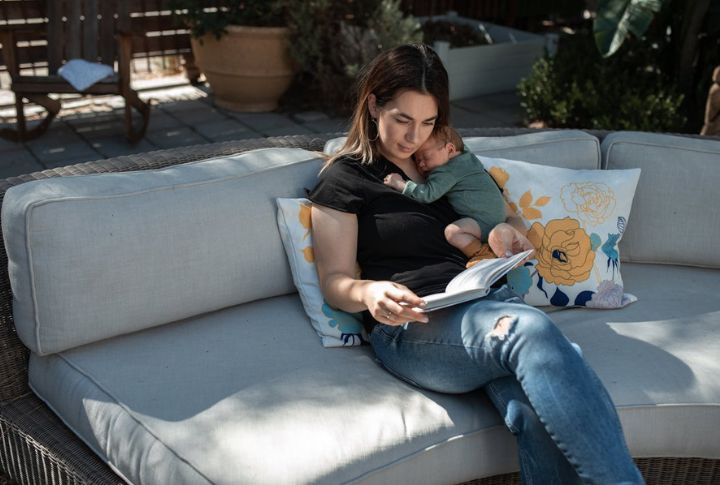
Understanding maternity leave policies matters for working parents. The US stands apart from other nations in how it approaches parental support—not in a good way. Let’s see how the world is dealing with parental leave and practical alternatives that could benefit American families’ experience of the transition to parenthood.
The Impact on Family Well-being

Research documents clear benefits of paid leave: reduced postpartum depression rates, enhanced infant development, and stronger family bonds. Parents report lower stress levels and better long-term career outcomes. Extended leave creates stable foundations for both children and careers.
Understanding the US Maternity Leave Policy

The FMLA provides 12 weeks of unpaid leave, covering 60% of eligible workers. Without federal paid leave, many parents return to work prematurely, facing financial strain. State-level programs in places like California and New Jersey offer partial wage replacement (around 60%), but these are not part of FMLA and remain limited.
The Best Global Maternity Leave Standards

Swedish parents receive 480 days of leave with 80% wage coverage, while Norway provides extensive paid time off with strong job protection. These policies show a straightforward understanding: supporting new parents benefits society through improved health outcomes and workforce stability.
Leading US States in Maternity Leave

At the state level, California and New Jersey lead the way with comprehensive programs. California’s Paid Family Leave initiative provides up to eight weeks of partial wage replacement, giving families critical financial support during early parenthood. Such efforts give people hope that even within the US, improvements are possible.
Global Leaders in Maternity Leave Benefits

Estonia offers 85 weeks of paid leave, combining maternity and parental leave. This extensive support allows parents to prioritize child development without financial strain, demonstrating that comprehensive paid leave can thrive in a modern economy while balancing family and workforce needs.
How US Policies Compare Globally

German law ensures 14 weeks of fully paid maternity leave, and Canada offers 18 months of protected leave with partial pay. These policies provide clear, employee-first frameworks for parental support, while US workers often cobble together vacation time and unpaid leave.
Government Support

Countries with government-funded leave programs report consistent improvements in public health metrics and economic indicators. A systematic approach gives everyone equal access across income levels. Data shows these schemes pay dividends through reduced healthcare costs and increased productivity.
Canada’s Comprehensive Approach

Canada’s 18-month leave policy combines workplace protection with income support. Parents can choose between standard and extended leave options, adapting the system to their needs. This flexibility helps families transition smoothly into parenthood while maintaining career continuity.
Lessons for US States from Global Leaders

Finland’s year-long paid leave schools world the impact of comprehensive support. Their system prioritizes child development and parent well-being through practical policy. US states can adapt these proven approaches to fit local economic conditions and workforce needs.
Future Directions for US Maternity Leave

Expanding paid leave access requires systematic change in policy and workplace culture. Evidence from countries like Sweden and Germany shows viable paths forward. Implementing comprehensive parental leave would strengthen American families while enhancing economic stability.
